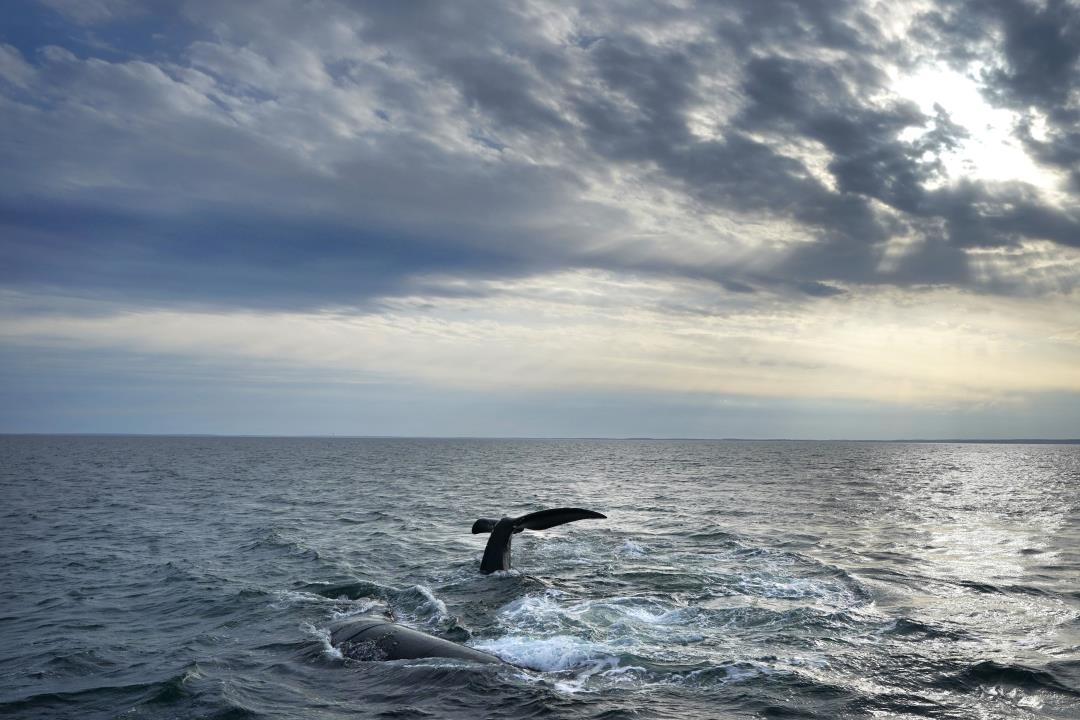
In a historic move, the members of the United Nations have adopted the first-ever treaty to protect marine life in the high seas. This groundbreaking agreement was praised by the UN’s chief for giving the ocean “a fighting chance.” The applause and standing ovation from delegates of the 193 member nations marked the approval of the treaty. Singapore’s ambassador on ocean issues, Rena Lee, presided over the negotiations and closed the session with a gavel as there were no objections. The treaty aims to establish marine protected areas and a new body to manage the conservation of ocean life. It also sets guidelines for conducting environmental impact assessments for commercial activities in the oceans.
Secretary-General Antonio Guterres emphasized the critical timing of the treaty’s adoption, as the oceans face multiple threats. He highlighted that climate change is causing disruptions to weather patterns and ocean currents, resulting in rising sea temperatures and altering marine ecosystems and species. Guterres also expressed concern over overfishing, over-exploitation, and ocean acidification, which are all damaging marine biodiversity. He stated that over one-third of fish stocks are being harvested unsustainably and that coastal waters are being polluted by chemicals, plastics, and human waste.
Guterres stressed the importance of the treaty in addressing these threats and called upon all countries to ensure its swift signing and ratification. He emphasized that it is crucial in tackling the challenges faced by the ocean. The treaty will be open for signatures on September 20, during the annual meeting of world leaders at the General Assembly. It will come into effect upon ratification by 60 countries.
The oceans play a crucial role in producing the majority of the oxygen we breathe and absorbing carbon dioxide, making them essential in reducing carbon emissions and combating global warming. However, currently, only 1% of the vast ocean areas are protected. The treaty to protect biodiversity in the high seas, which covers nearly half of the Earth’s surface, has been under discussion for over 20 years. Previous efforts to reach an agreement were repeatedly stalled until March, when delegates to a UN-established intergovernmental conference finally agreed on the treaty. It underwent legal scrutiny and was translated into the UN’s six official languages. (Read more oceans stories.)
Denial of responsibility! VigourTimes is an automatic aggregator of Global media. In each content, the hyperlink to the primary source is specified. All trademarks belong to their rightful owners, and all materials to their authors. For any complaint, please reach us at – [email protected]. We will take necessary action within 24 hours.


